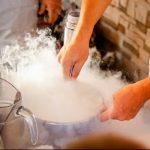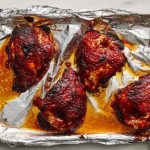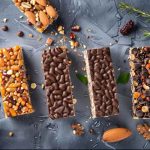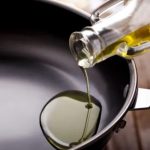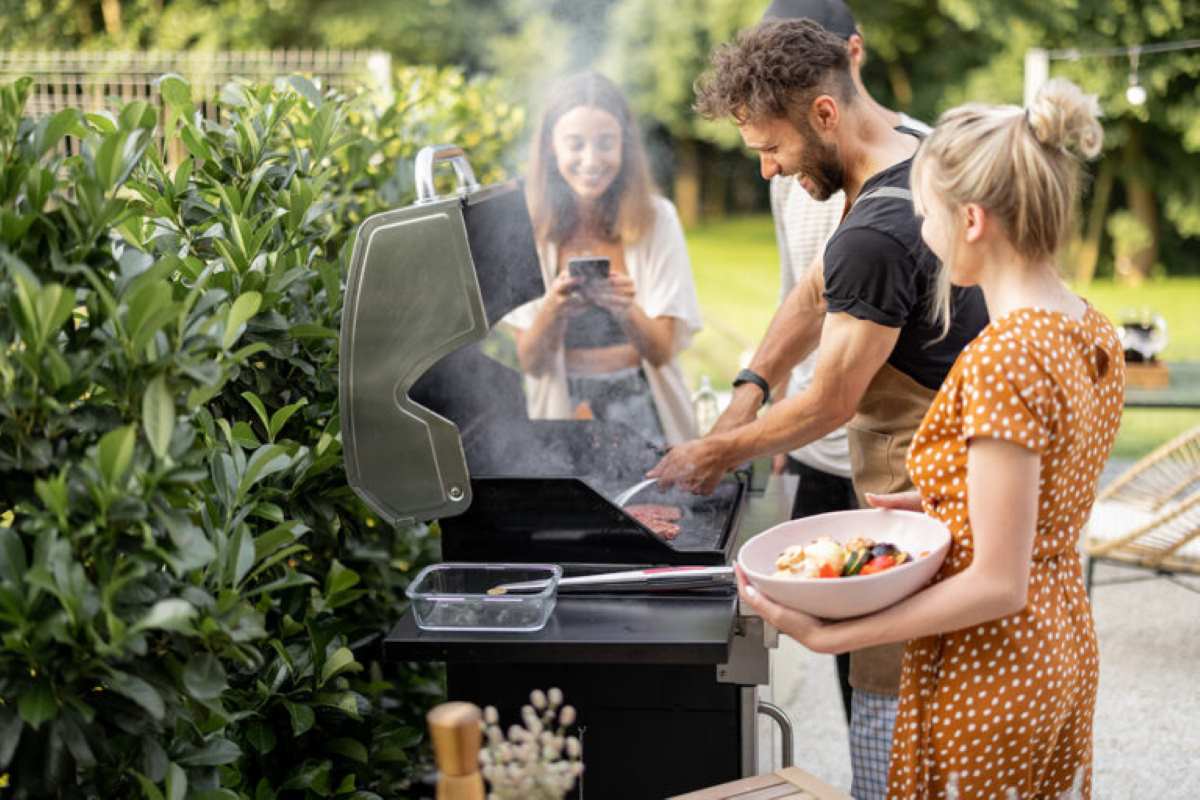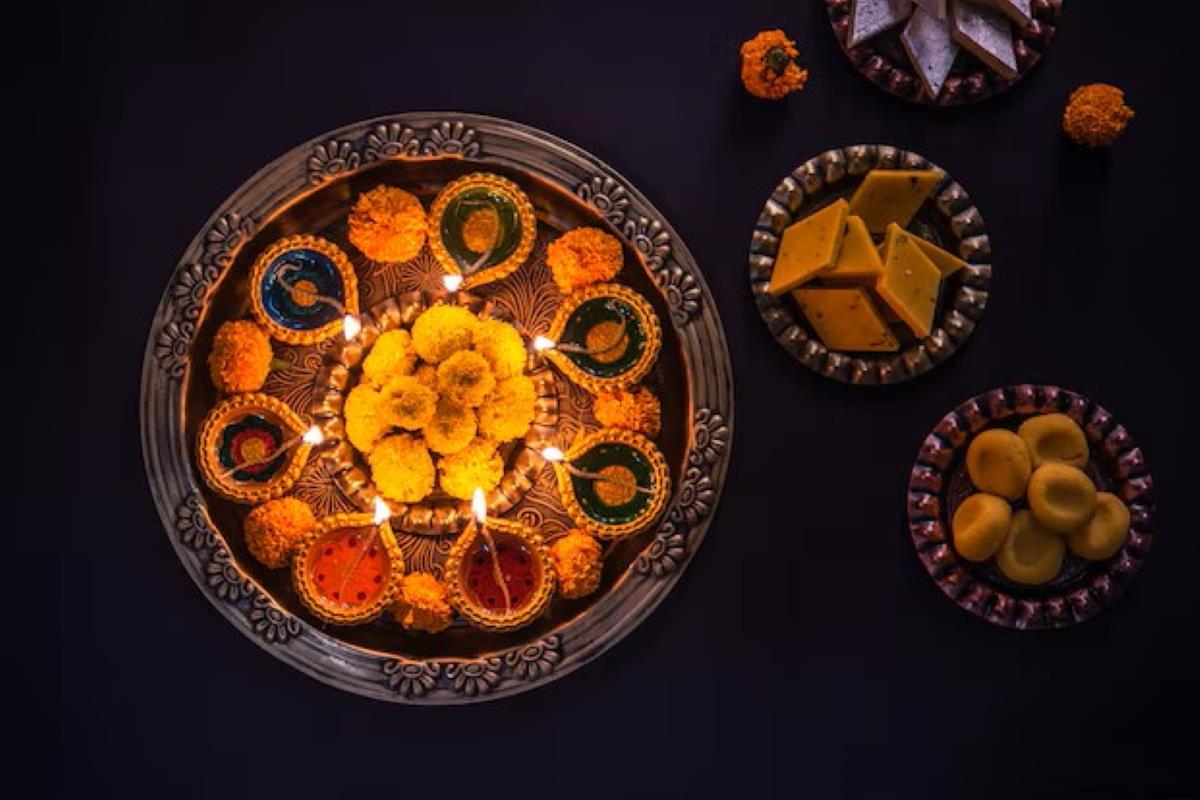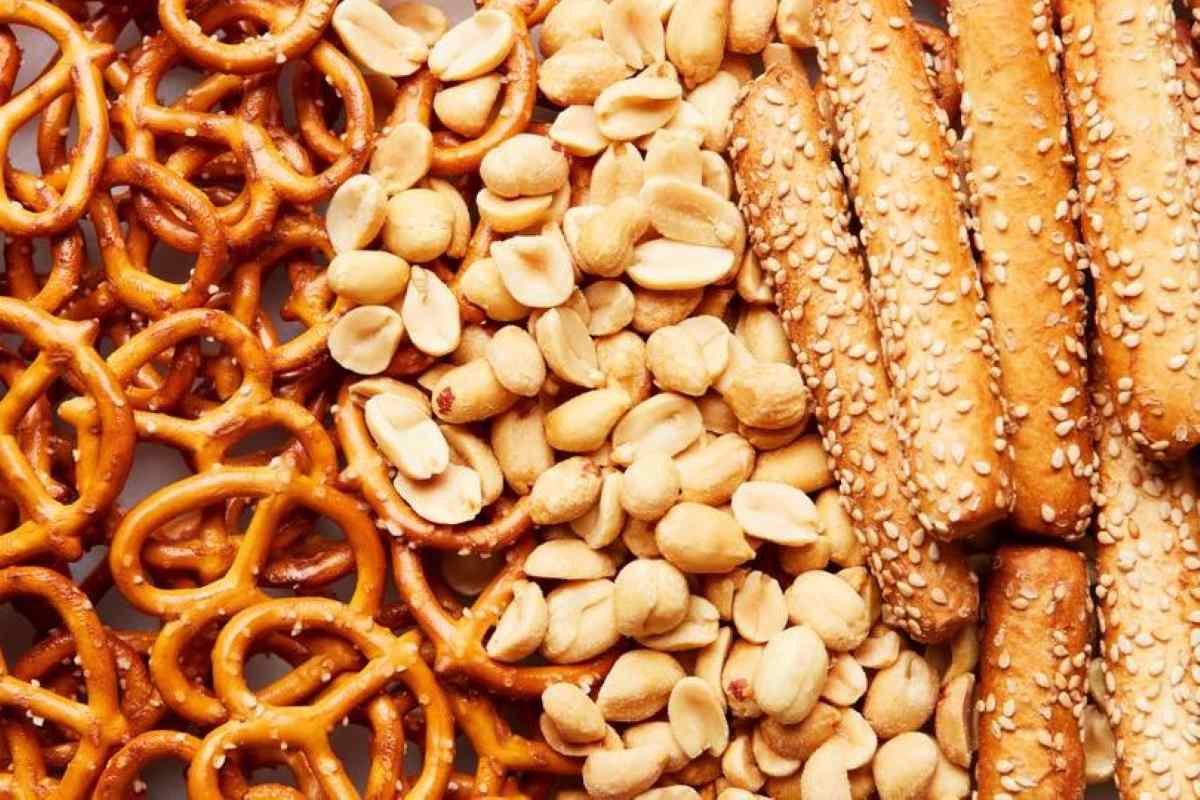The science of grilling could make your summer culinary fantasies come true. Imagine a summer afternoon with alluring sun rays, drinks on ice, and smoke rising off a grill with sizzling burgers and steak. Now, that would be a summer afternoon to remember. However, it may not be as pleasurable as imagined if the BBQ does not turn out well.
Grilling is both a culinary art and a science. Several BBQ lovers testify about learning the art by watching older folks grill as youngsters. Interestingly, many such folks simply deploy backyard grilling hacks handed down by their own parents and redneck uncles. However, there’s no denying that science-backed BBQ tips give rise to the most flavorful grilling.
For one, the outcome will taste better, the experience safer, and grilling should be hassle-free. So, let’s dive headlong into summer cooking science, to load up on insights like grilling temperature tips, science of searing, Maillard reaction and flavor chemistry, and the best BBQ techniques. You’ll be glad you read this piece to the end.
Maillard Reactions: The Key to Flavorful Grilling
Would you like to get the best results from your grilling activities? A basic understanding of the Maillard reaction is indispensable. Mastering this reaction helps you get a handle on the science of grilling. Now, don’t let the geeky name scare you; it’s an easy concept to digest.
Maillard reactions are peculiar to heated foods and can be easily identified through the resultant browning effect of foods exposed to temperatures higher than 140°F (60°C). So, these reactions are important because they are responsible for the appealing aroma, flavor development and the characteristic brown color of heated foods.

Now, the science of grilling offers us some summer barbecue hacks concerning Maillard reactions. First, the best grilling temperature for achieving quality BBQ is 300°F to 500°F.
However, to avoid burning your food in the name of setting off the Maillard reaction, the following are tips for nailing a perfect sear:
- Dry your meat
Whatever meat type you’re grilling, pat it dry to aid the browning process.
- Season accordingly
Unseasoned meat that has undergone the Maillard reaction indeed comes off with a pleasant characteristic flavor. But applying just enough seasoning before grilling adds a punch.
- Use high heat
If the temperature is not high enough, the browning process may not turn out as expected. Use high heat, and monitor the browning process to adjust the temperature accordingly.
- Allow breathing spaces on the grill
Avoid crowding your meat on the grill. Doing this allows air circulation, eliminates the likelihood of burning, and results in a perfect browning effect.
ALSO READ: Lab-Grown Meat: Will We Be Eating It in the Next 10 Years?
The Importance of Resting Your Meat
Have you ever eaten tender and juicy meat and wondered how the cook achieved such a pleasurable effect? Well, trust us to have tips for that. You see, our tips all boil down to moisture distribution. The best BBQ techniques ensure that the juice in the meat distributes evenly after grilling. This is the chief purpose of resting your meat.
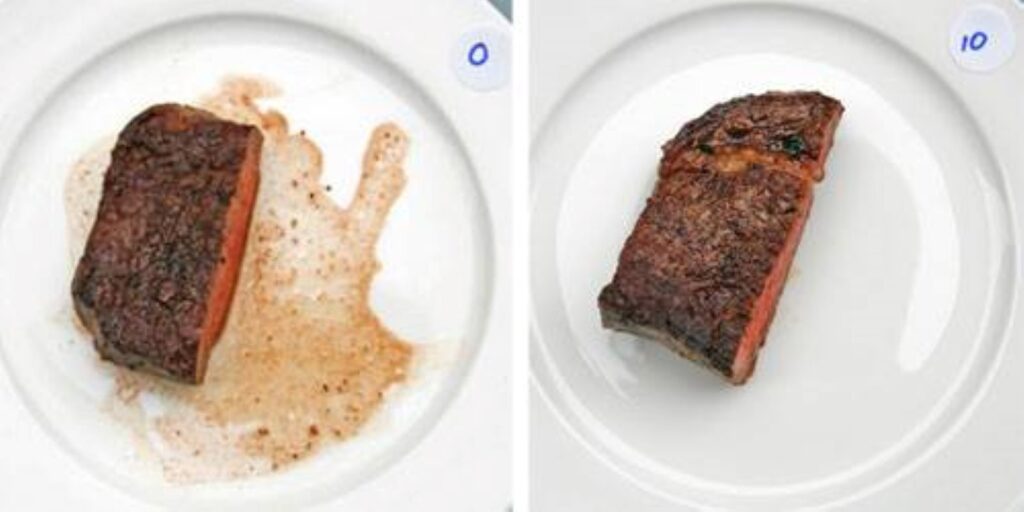
The science behind this hack is that the grill’s heat causes the moisture in meat to migrate to the center of the piece. If you cut the grilled meat right after cooking, the juice in the center trickles out, along with flavor compounds. So, to avoid eating dry meat that has lost some flavor, patience is necessary. Patience here means resting your grilled meat and allowing the juice to spread back to every fibre of the meat muscle. Some chefs recommend a resting period of about 15 minutes.
Moisture redistribution in grilled meat is not rocket science, but an element in the science of grilling. Once you remove the cooked meat from the grill, the drop in temperature naturally triggers the moisture redistribution. Your only responsibility is to let the meat rest.
Direct vs. Indirect Heat: Know When to Use Each
There have been many debates about which heating method is best for grilling, direct or indirect. However, summer cooking science tells us that each heat type has a peculiar grilling application.
When food to be grilled is exposed to indirect heat, the heating process is not as intense as when direct heat is utilized. Usually, indirect heat is used for delicate and juicy foods that are difficult to pat for aesthetic reasons. Examples of such foods are whole chicken or fish. On the contrary, direct heat is best for quick-cooking items like steak, burger patties and hot dogs.
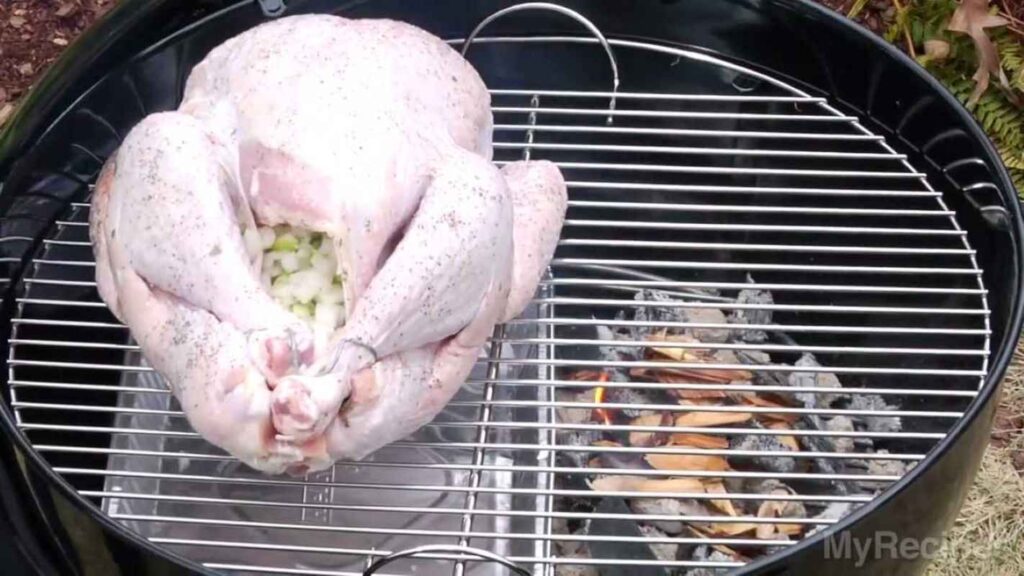
So, direct heat is best for small meat cuts that can be grilled in a short period, while indirect heat is best for whole pieces that will require an extended period of grilling.
ALSO READ: Why Food Delivery Apps Are Reshaping the Restaurant Industry
BBQ Safety: What Science of Grilling Says About Food Handling
The science of grilling is quite important for the safety of grilled food. We can not afford to base the doneness, quality and safety of grilled food on mere intuition. This piece, therefore, demystifies the food chemistry and flavor science behind each backyard grilling hack it proffers.
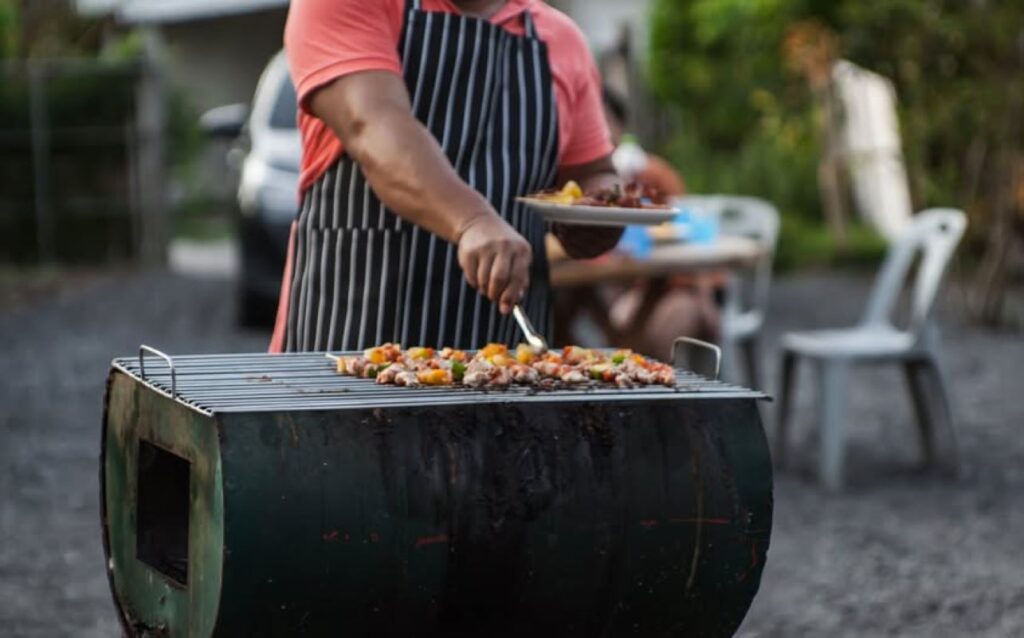
Some USDA BBQ safety tips to observe before, during and after our grilling activities will be highlighted hereafter.
- Observe Personal Hygiene and Sanitize Grilling Equipment
It is a no-brainer that optimum hygiene is required when grilling food. Some folks mark the commencement of summer by simply stoking the grill with firewood or coal and firing it up. No wiping down or cleaning of food-contact surfaces on the equipment. Such habits are a one-way ticket to contamination and foodborne illnesses.
- Separate Raw and Cooked Food
You may be tempted to use the same cutting board or utensils for raw and cooked meat. A short walk into the kitchen to fetch clean utensils for your cooked meat or fish may seem cumbersome. However, the danger of cross-contamination is real. Also, wiping down a utensil for fresh meat or fish with your hands and apron won’t cut it. Summarily, get separate utensils for fresh and grilled foods.
- Exploit the Science of Grilling in Determining Food Doneness
Any cook who understands the science of searing and indirect heating knows it is foolhardy to assess the doneness of grilled food by just looking at the color. The best bet is to buy and use a food thermometer to monitor the internal temperature as it cooks on the grill.
Those are our food chemistry and flavor science tips for folks who love grilling summer BBQ. Remember, adopting the science of grilling in your next summer adventure will yield a smart, safe and flavorful grilling experience. While at it, try out some Serious Eats BBQ science. So, be open-minded, permit science to be your sous-chef!

